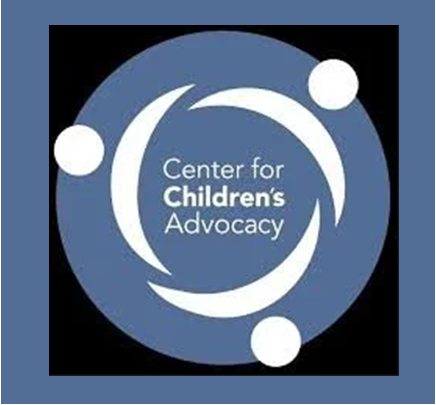Intensive Workshops for Would-Be Journalists Return This Summer
/
Investigative journalism is alive and well, and in the midst of passing the baton to a new generation. That’s the premise driving a one-week journalism workshop being run by leading professionals, to be held at three locations for Connecticut high school students this summer. It is the most extensive program of its kind in the state, and one of just three in New England.
With expert practitioners providing the instruction, high school students interested in refining their research and writing skills, while learning about the evolving field of journalism from award-winning writers and editors, are perfect candidates. Now in their fourth year, the specialized workshops, offered by the Connecticut Health Investigative Team (C-HIT) will be held at:
- University of Connecticut (Storrs), July 14-18
- Quinnipiac University (Hamden), July 21-25
- Yale University (New Haven), July 28-Aug. 1
The non-profit C-HIT is a web-based news service dedicated to producing original, responsible, in-depth journalism on issues of health and safety, in Connecticut and the surrounding region. Consisting of a team of award-winning jo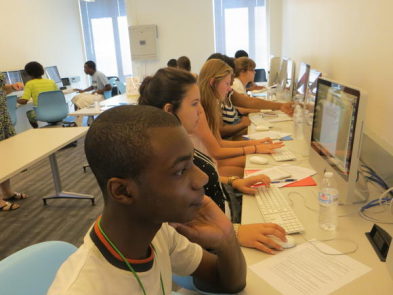 urnalists, based in Connecticut, who have come together to provide the public with informative stories about health, safety and medical issues, C-HIT stories regularly appear in newspapers, on websites, and in broadcast media statewide.
urnalists, based in Connecticut, who have come together to provide the public with informative stories about health, safety and medical issues, C-HIT stories regularly appear in newspapers, on websites, and in broadcast media statewide.
The student workshops provide select students with the opportunity to spend a week on a university campus, learning the tools of investigative journalism by participating in seminars led by current, active professional journalists. High school students age 16 and older are eligible to apply, and sessions are limited to 20 students each. Full and partial scholarships are available.
Students will work on developing stories for publication, gaining first-hand experience in what it takes to assemble the research and do the homework essential to effective journalism. In addition, as part of the program, the students will spend a day visiting local newsrooms.
The team of instructors include: 
- Kate Farrish, formerly an award-winning reporter for the Hartford Courant and now a UConn adjunct professor of journalism;
- Lisa Chedekel, C-HIT senior writer and co-founder, and formerly an investigative reporter for the Courant, where she won several national awards
- Lynne DeLucia, C-HIT Editor and a Pulitzer Prize-winning former Courant editor.
C-HIT's workshop graduates have gone on to study at major universities, have been awarded scholarships through the Dow Jones News Fund, and have secured internships at major newspapers, including the Courant. For information, go to www.c-hit.org or contact Lynne DeLucia at delucia@c-hit.org.
The only other intensive journalism program for high school students in Connecticut is offered by the Yale Daily News, the university’s student-run newspaper. The publication’s Summer Journalism Program runs for one week in mid-August, and is geared toward those with writing or journalism experience, although any Connecticut high-school student with an interest in journalism, writing or photography can apply. Details are available at sjp@yaledailynews.com.


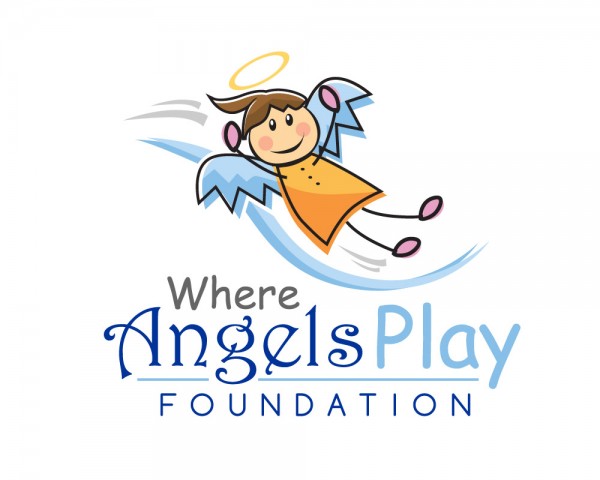
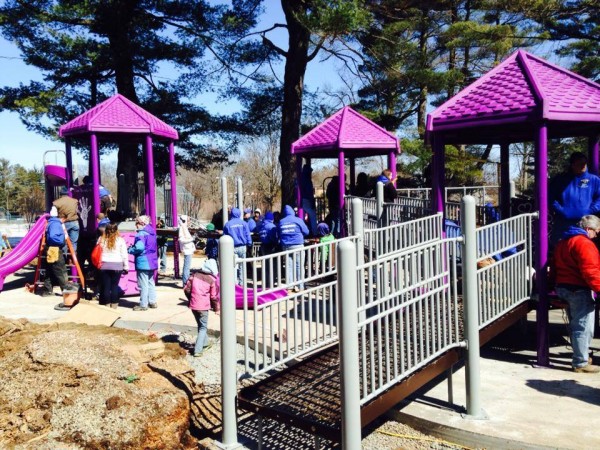 abeth Park.
abeth Park.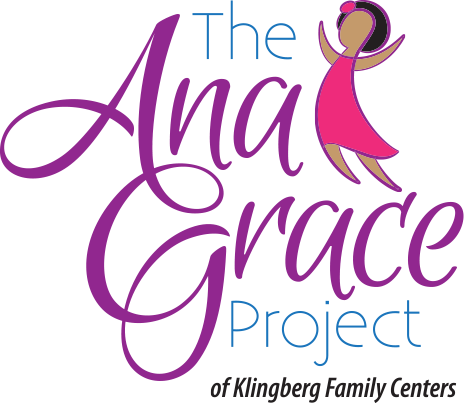

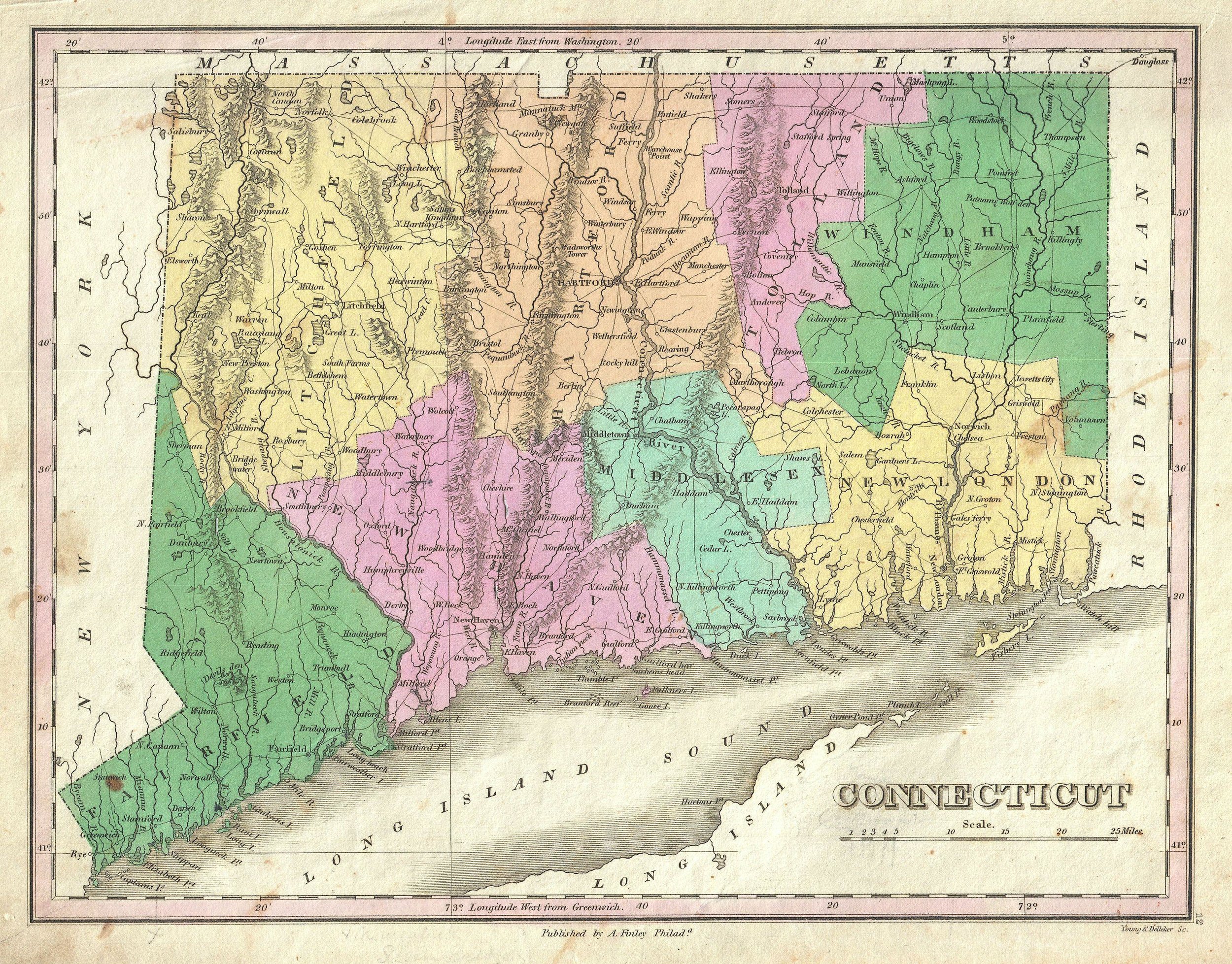




 d Michael Costelli, General Manager for the Connecticut Convention Center. “The program will utilize much of the meeting and exhibit space at the Center and we are confident attendees will appreciate the countless cultural attractions located right here in Hartford.”
d Michael Costelli, General Manager for the Connecticut Convention Center. “The program will utilize much of the meeting and exhibit space at the Center and we are confident attendees will appreciate the countless cultural attractions located right here in Hartford.” st Century? Join the
st Century? Join the  ker series focused on the first-hand perspectives of leaders making a mark in business and the community. The next event at
ker series focused on the first-hand perspectives of leaders making a mark in business and the community. The next event at  hrive? The Lyceum, Hartford
hrive? The Lyceum, Hartford 7 - An Honest Look at Mental Illness, Connecticut Forum, The Bushnell
7 - An Honest Look at Mental Illness, Connecticut Forum, The Bushnell ity to learn about the benefits of collaboration which save money and leverage the purchases and agreements for towns. The event will highlight people that are already implementing positive changes. Panel discussions, workshops and Q&A with key leaders and a panel of experts.
ity to learn about the benefits of collaboration which save money and leverage the purchases and agreements for towns. The event will highlight people that are already implementing positive changes. Panel discussions, workshops and Q&A with key leaders and a panel of experts. rship of Hartford-based organizations stepped up in a way that has proven quite effective, and is gaining national recognition.
rship of Hartford-based organizations stepped up in a way that has proven quite effective, and is gaining national recognition.
 just to their new land.
just to their new land.

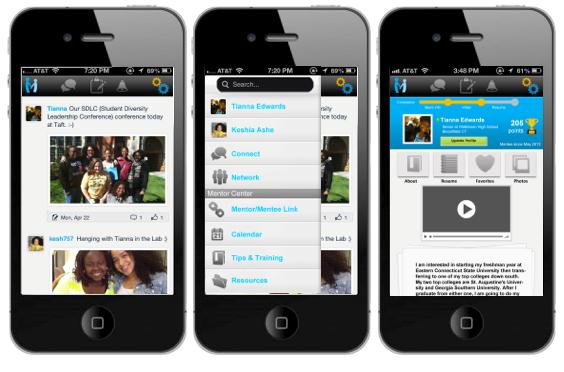
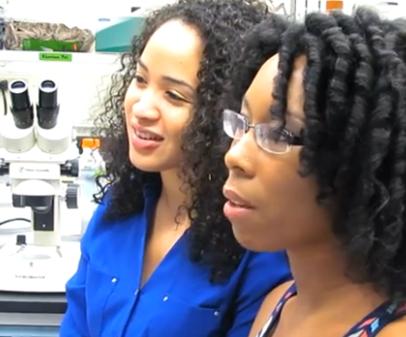 who will discuss topics such as career placement basics, salary and promotions, communication, creating support groups, being culturally aware, finding a work/life balance, and appreciating the value of staying true to oneself in male-dominated fields.”
who will discuss topics such as career placement basics, salary and promotions, communication, creating support groups, being culturally aware, finding a work/life balance, and appreciating the value of staying true to oneself in male-dominated fields.”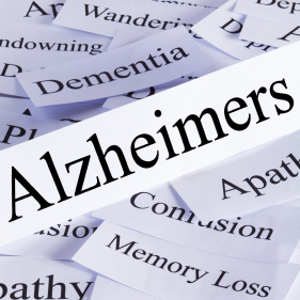
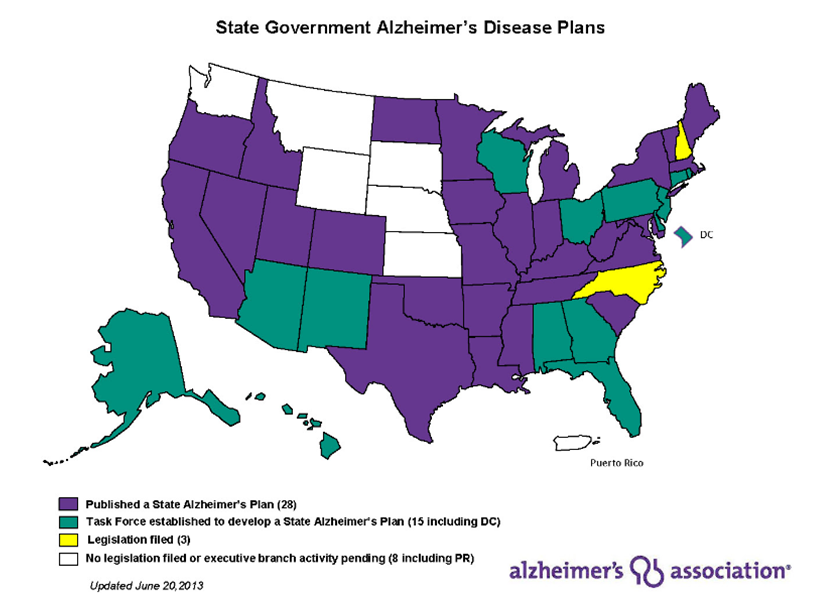 vers.
vers.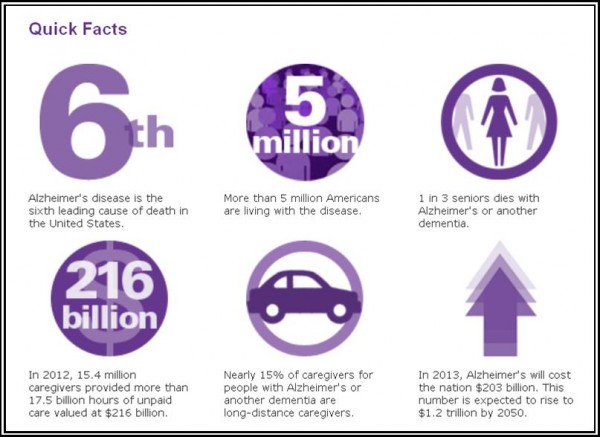
 ervices and treatments, and provide much needed education to those impacted by mental illness.
ervices and treatments, and provide much needed education to those impacted by mental illness.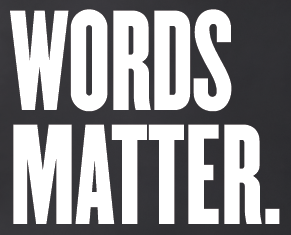
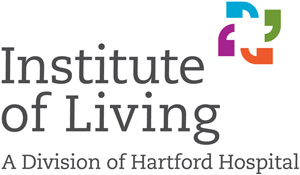 may be a lifelong condition, like diabetes. “However, as with diabetes, proper treatment enables many people with a mental illness to lead fulfilling and productive lives. By helping combat the stigma associated with mental illness, we can help increase the number of people that seek treatment.”
may be a lifelong condition, like diabetes. “However, as with diabetes, proper treatment enables many people with a mental illness to lead fulfilling and productive lives. By helping combat the stigma associated with mental illness, we can help increase the number of people that seek treatment.”
 ctive, responsive, transparent and accountable partnership between nonprofit providers and their state government funders.” It also called for revisions to the state’s procurement standards, streamlining data gathering, and “payment rates that cover the true cost of services.”
ctive, responsive, transparent and accountable partnership between nonprofit providers and their state government funders.” It also called for revisions to the state’s procurement standards, streamlining data gathering, and “payment rates that cover the true cost of services.” evious year, while 6 percent said it had improved.
evious year, while 6 percent said it had improved.




